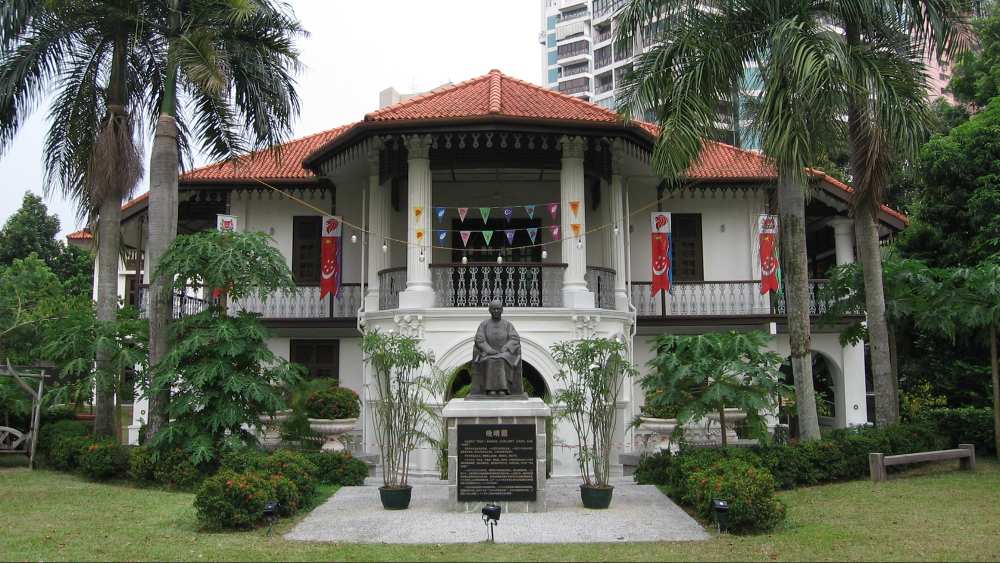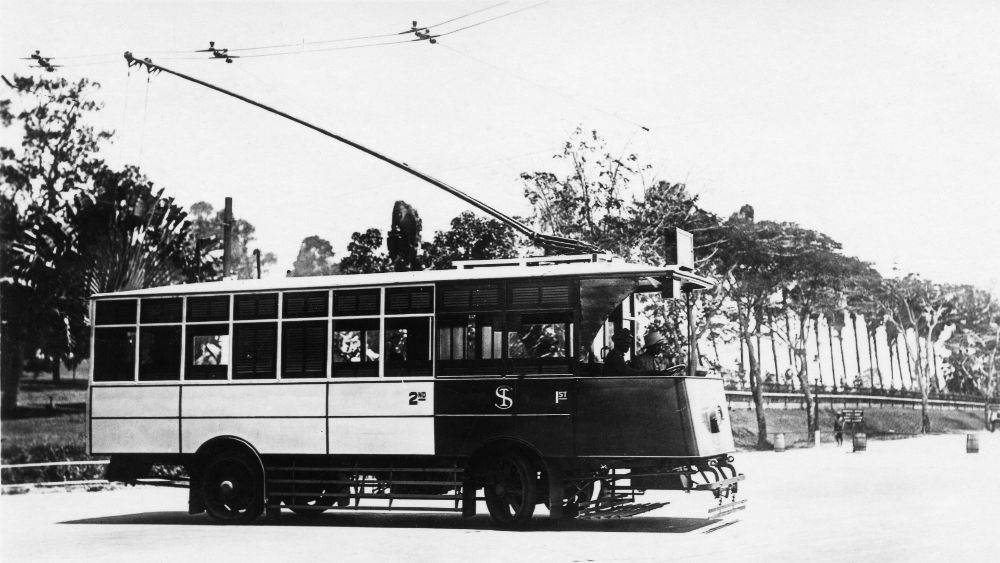On This Date In 2001, Sun Yat Sen Villa Opened Its Doors As A Museum
A historic landmark in Singapore got a new lease on life 24 years ago today (12 Nov 2001). The Sun Yat Sen Villa officially opened as a museum dedicated to the revolutionary hero Dr Sun Yat Sen, the founding father of the Republic of China.
Once the Southeast Asian hub for Sun’s bold plans to end the Qing dynasty, this villa at 12 Tai Gin Road has a story as colourful as the man himself!
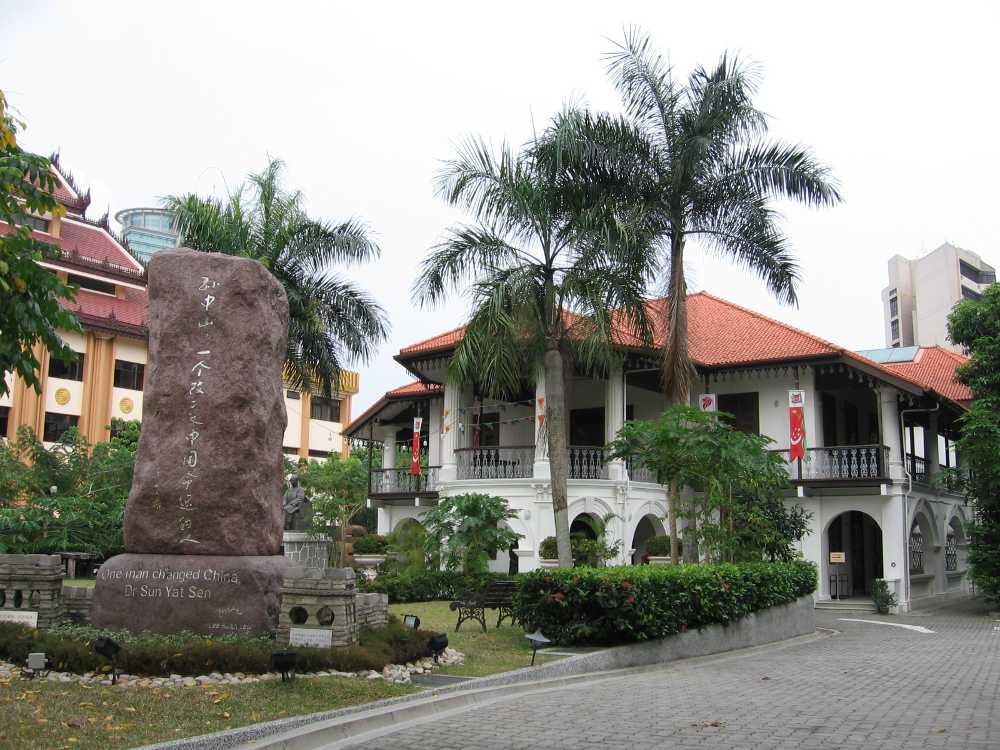 IMAGE: WIKIMEDIA COMMONS
IMAGE: WIKIMEDIA COMMONS
The villa with many lives
The origins of this villa are rooted in Singapore’s past. Sitting on land once part of a sprawling sugar plantation owned by Joseph Balestier, the place eventually landed in the hands of Boey Chuan Poh in the 1880s.
He built the two-storey villa in classic colonial style, complete with large windows, ornate archways, and enough open space to keep the tropical breeze flowing. Over the years, it saw owners come and go, each adding to its charm.
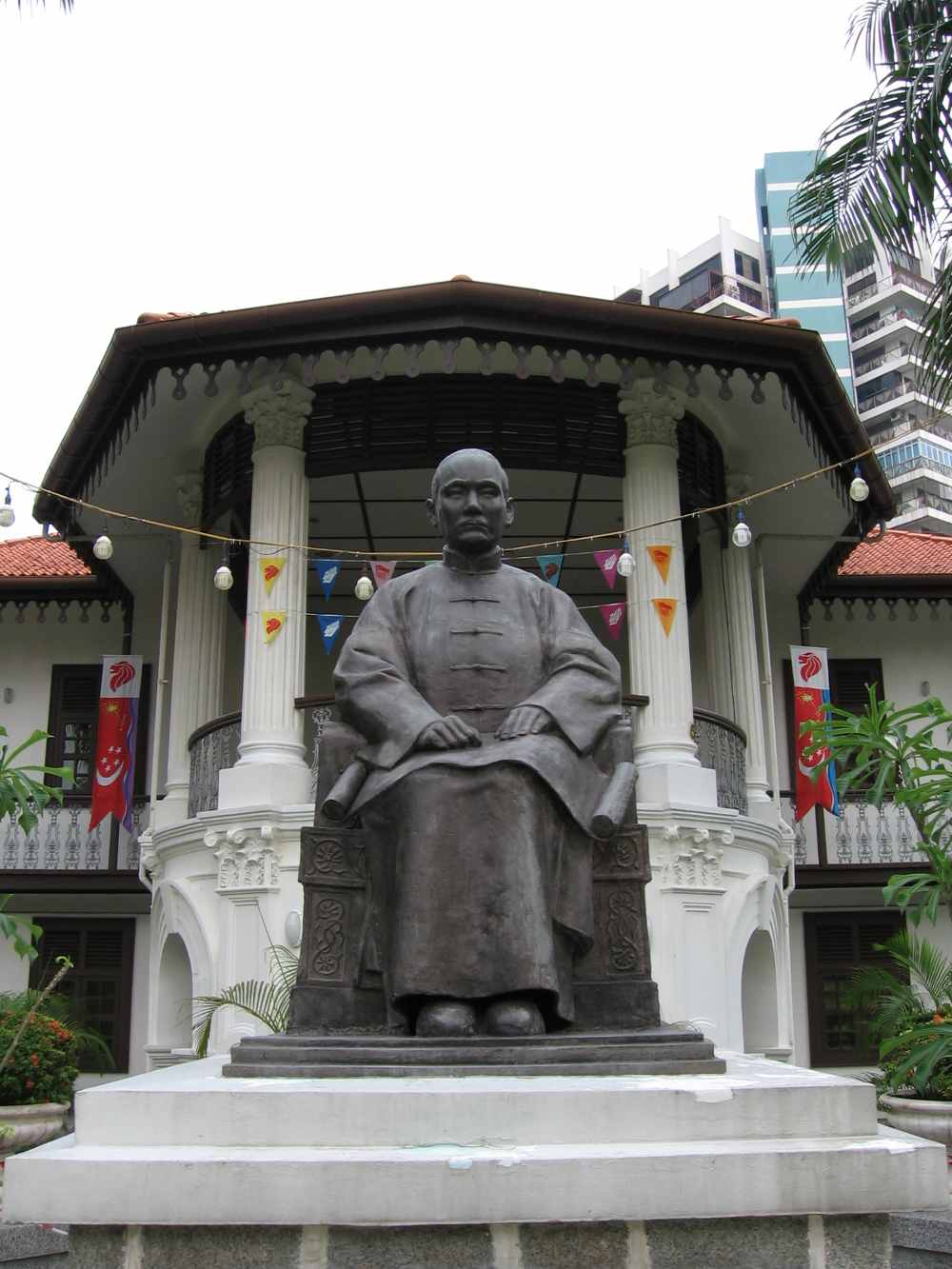 A statue of Dr Sun Yat Sen. | IMAGE: WIKIMEDIA COMMONS
A statue of Dr Sun Yat Sen. | IMAGE: WIKIMEDIA COMMONS
Enter Dr Sun Yat Sen
When revolutionary leader Sun Yat Sen visited Singapore in 1905, he made friends with rubber magnate Teo Eng Hock. Teo, who bought the villa as a gift for his mother, offered it to Sun as the Southeast Asian headquarters for the Tongmenghui 同盟会, or Chinese Revolutionary Alliance.
Between 1906 and 1910, Sun Yat Sen and his associates met at the villa to secretly plan uprisings that would ultimately lead to the successful Wuchang Uprising in 1911, sparking the end of Qing rule and establishing the Republic of China.
The villa was central to Sun’s mission, solidifying its place in Singapore’s and China’s history books.
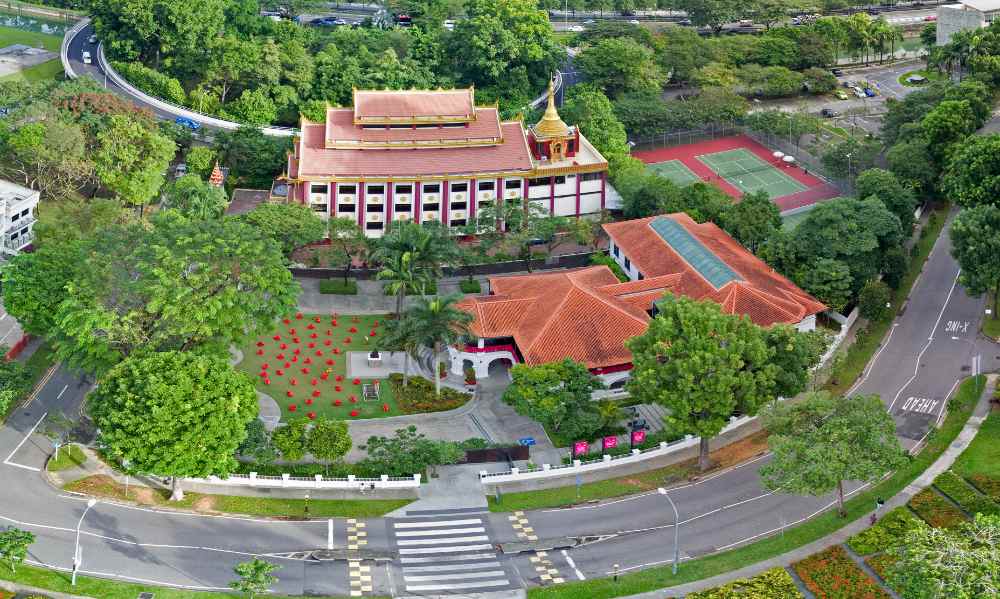 Aerial view of the villa. | IMAGE: WIKIMEDIA COMMONS
Aerial view of the villa. | IMAGE: WIKIMEDIA COMMONS
From military base to National Monument
During World War II, the villa was repurposed by the Japanese as a military communications centre. After the war, it served as the Singapore base of the Kuomintang (Chinese Nationalist Party) until 1951.
Later, it was turned into a library and museum in the ’60s by the Singapore Chinese Chamber of Commerce, which bought it with the help of local business leaders.
In 1994, it was officially designated as a National Monument. The villa reopened on 12 Nov 2001 as the Sun Yat Sen Nanyang Memorial Hall, bringing its revolutionary past to life for visitors.
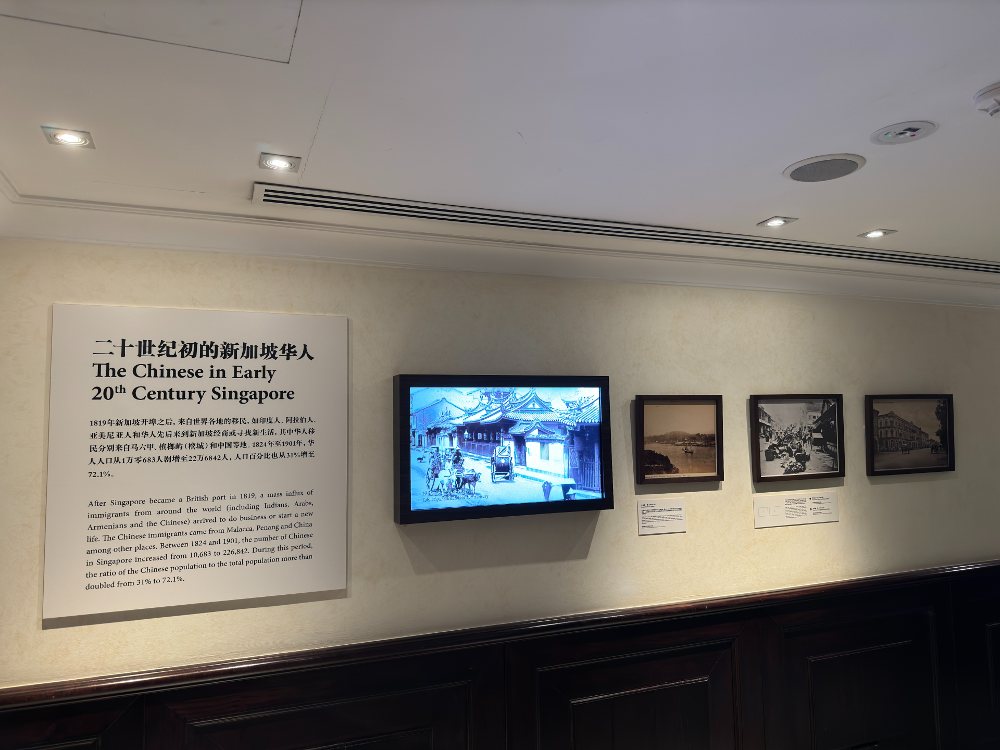 IMAGE: WIKIMEDIA COMMONS
IMAGE: WIKIMEDIA COMMONS
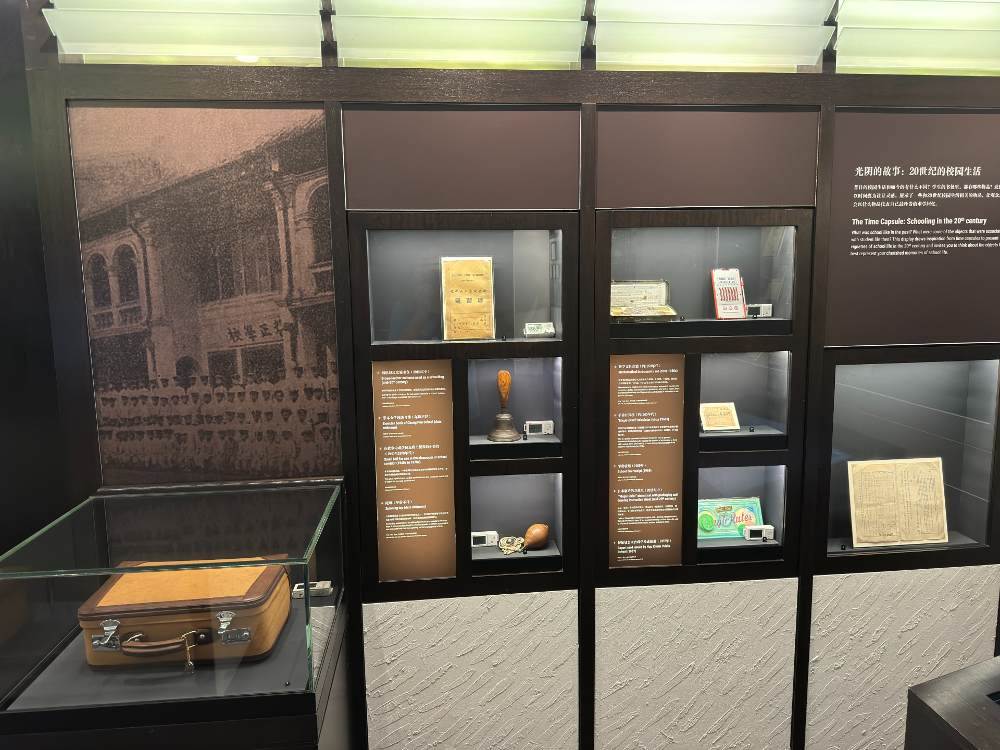 IMAGE: WIKIMEDIA COMMONS
IMAGE: WIKIMEDIA COMMONS
More than a museum
Since its 2001 reopening, the museum has undergone further renovations, including a $5.6 million upgrade in 2011 to mark the centenary of Sun Yat Sen’s revolution.
Its exhibitions celebrate not only Sun’s legacy but also the contributions of the local Chinese community to Singapore’s development. The villa’s beautiful exterior remains intact, with its Peranakan-inspired interior now capturing the essence of Singapore’s multicultural heritage.
Today, the Sun Yat Sen Nanyang Memorial Hall stands as a reminder of Singapore’s rich history and its connections to broader global movements.
It is currently closed for further upgrades and will reopen in Sep 2027. For an in-depth look at the building's legacy and events, check out this article on Wonderwall.sg.
For the latest updates on Wonderwall.sg, be sure to follow us on TikTok, Telegram, Instagram, and Facebook. If you have a story idea for us, email us at [email protected].







